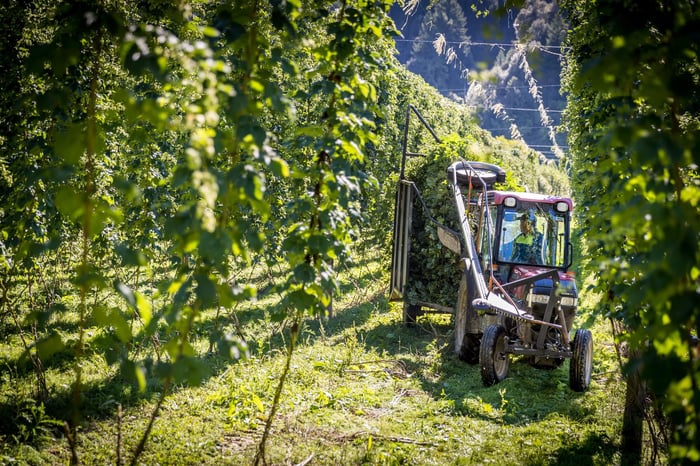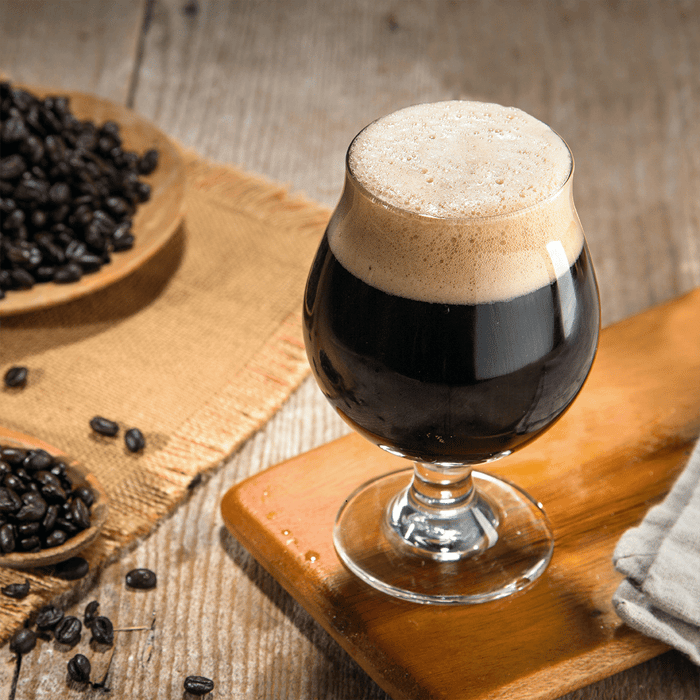We've all been there – you've spent weeks crafting what you hoped would be your best brew yet, only to discover it tastes more like apple juice than the hoppy pale ale you intended. Off-flavours are part of every brewer's journey, from first-time homebrewers to seasoned craftspeople across New Zealand's thriving brewing scene.
The good news is that most off-flavours tell a clear story about what went awry during brewing. Once you learn to read these flavour signals, you can troubleshoot issues and prevent them recurring. Think of it as developing your brewing detective skills.
Your Off-Flavour Prevention Arsenal
Success in brewing starts with nailing the basics. These fundamental practices will eliminate most quality issues before they start:
Sanitisation Mastery
Clean equipment is non-negotiable. Everything that contacts your beer post-boil needs thorough cleaning and sanitising. This includes fermenters, siphoning equipment, bottles, and testing gear.
Yeast Care Excellence
Healthy yeast creates healthy beer. Liquid yeast performs best with proper starter preparation, while dry yeast needs careful rehydration within expiry dates. Quality yeast management prevents numerous fermentation issues.
Oxygenation Protocol
Your yeast needs dissolved oxygen to thrive. Whether you're shaking the fermenter vigorously or using dedicated oxygenation equipment, proper aeration before pitching sets fermentation up for success.
Temperature Precision
Each yeast strain has optimal temperature ranges. Consistent temperature control throughout fermentation prevents many common faults.
Common Off-Flavour Troubleshooting
Issue #1: Green Apple or Cidery Flavours
Flavour Profile: Sharp, tart apple notes that make your beer taste like cider rather than beer.
Root Cause: Acetaldehyde presence indicates incomplete fermentation. This compound should convert to ethanol during proper fermentation.
Contributing Factors:
- Insufficient yeast pitching rates
- Fermentation temperatures outside optimal range
- Poor wort oxygenation
- Premature packaging
Your Fix:
- Calculate proper yeast quantities for your batch size and gravity
- Maintain steady fermentation temperatures within yeast specifications
- Ensure adequate wort aeration before pitching
- Allow fermentation to complete fully before bottling or kegging
Issue #2: Butter or Butterscotch Notes
Flavour Profile: Reminiscent of movie theatre popcorn or butterscotch lollies.
Root Cause: Diacetyl retention occurs when yeast fails to reabsorb this naturally-produced compound during fermentation.
Prevention Strategy:
- Provide yeast nutrients for high-gravity brews
- Maintain consistent fermentation temperatures
- Allow adequate time for diacetyl cleanup
- Avoid temperature shocks during yeast pitching
Issue #3: Overpowering Fruity Character
Flavour Profile: Banana, pear, or bubblegum notes that overwhelm other flavours.
Understanding the Issue: Ester compounds create fruity characteristics. While desirable in wheat beers and some English ales, excessive ester production can dominate inappropriate styles.
Control Methods:
- Lower fermentation temperatures to reduce ester formation
- Increase yeast pitching rates
- Ensure proper wort aeration
- Consider yeast strain changes – American varieties typically produce cleaner profiles than European strains
Issue #4: Spicy or Medicinal Characteristics
Flavour Profile: Clove, cinnamon, or harsh medicinal/plastic flavours.
The Science: Phenolic compounds contribute spice notes in appropriate styles but create off-flavours when excessive or unwanted.
Common Sources: Chlorinated water supplies or specific yeast genetics.
Solutions:
- Test and treat brewing water for chlorine removal
- Try bottled water if municipal supplies cause issues
- Select appropriate yeast strains for your target style
Issue #5: Harsh Alcoholic Heat
Flavour Profile: Hot, solvent-like sensations that burn the throat.
The Problem: Higher alcohols (fusels) form during stressed fermentation, creating harsh characteristics that mask intended flavours.
Primary Cause: Excessive fermentation temperatures, particularly in stronger beers.
Prevention:
- Implement precise temperature control systems
- Consider fermentation chambers for temperature-sensitive styles
- Allow extended conditioning periods to integrate alcohol harshness
Issue #6: Cooked Vegetable or Corn Flavours
Flavour Profile: Sweet corn, cooked cabbage, or general vegetable notes.
Technical Background: Dimethyl sulfide (DMS) originates from compounds in pale malts. Proper boiling removes DMS, but inadequate technique allows accumulation.
Elimination Strategy:
- Maintain vigorous, uncovered boiling for minimum 60 minutes
- Cool wort rapidly following the boil
- Minimise hot wort standing time
- Ensure proper kettle ventilation during boiling
Issue #7: Vinegar-like Sourness
Flavour Profile: Sharp acetic acid notes resembling vinegar.
The Reality: This indicates bacterial contamination. Unfortunately, affected batches cannot be saved.
Prevention Focus:
- Implement strict sanitisation protocols
- Maintain closed fermentation systems
- Avoid unnecessary fermenter opening
- Replace old or damaged plastic equipment
New Zealand Brewing Considerations
Our unique climate presents both opportunities and challenges for homebrewers. Summer temperatures can stress fermentation, while winter conditions might slow yeast activity. Many successful Kiwi brewers invest in temperature control systems to manage seasonal variations.
New Zealand's excellent water quality generally supports good brewing, though some regions have higher mineral content that affects flavour. Understanding your local water profile helps optimise recipes and prevent mineral-related off-flavours.
The growing popularity of New Zealand hops has encouraged many brewers to experiment with bold hop combinations. However, hop-forward styles require particularly clean fermentation to showcase hop character effectively. Off-flavours that might hide in malty styles become prominent in hop-showcasing beers.
Building Your Troubleshooting Skills
Developing palate sensitivity requires practice and patience. Consider joining local homebrew clubs where members regularly share knowledge and conduct tasting sessions. Many clubs organise fault identification workshops that accelerate learning.
Keep comprehensive brewing records documenting ingredients, procedures, temperatures, and final beer characteristics. This documentation becomes invaluable when diagnosing issues or replicating successful batches.
Remember that even commercial breweries occasionally produce flawed beer. What distinguishes professional brewers is their systematic approach to problem identification and prevention. Each brewing session offers opportunities to refine technique and expand understanding.
Start small with process improvements rather than attempting to fix everything simultaneously. Master one aspect thoroughly before moving to the next challenge.
Got questions on off flavours - get in touch - we're always up for a proper brewing discussion!
Grainfather Team










